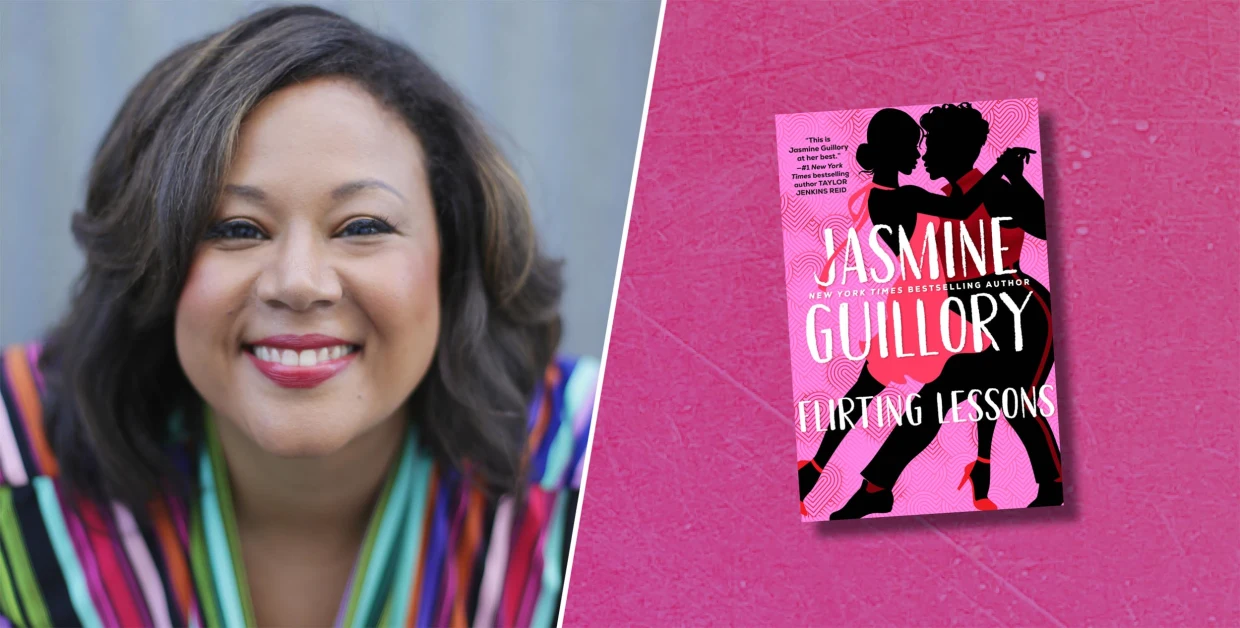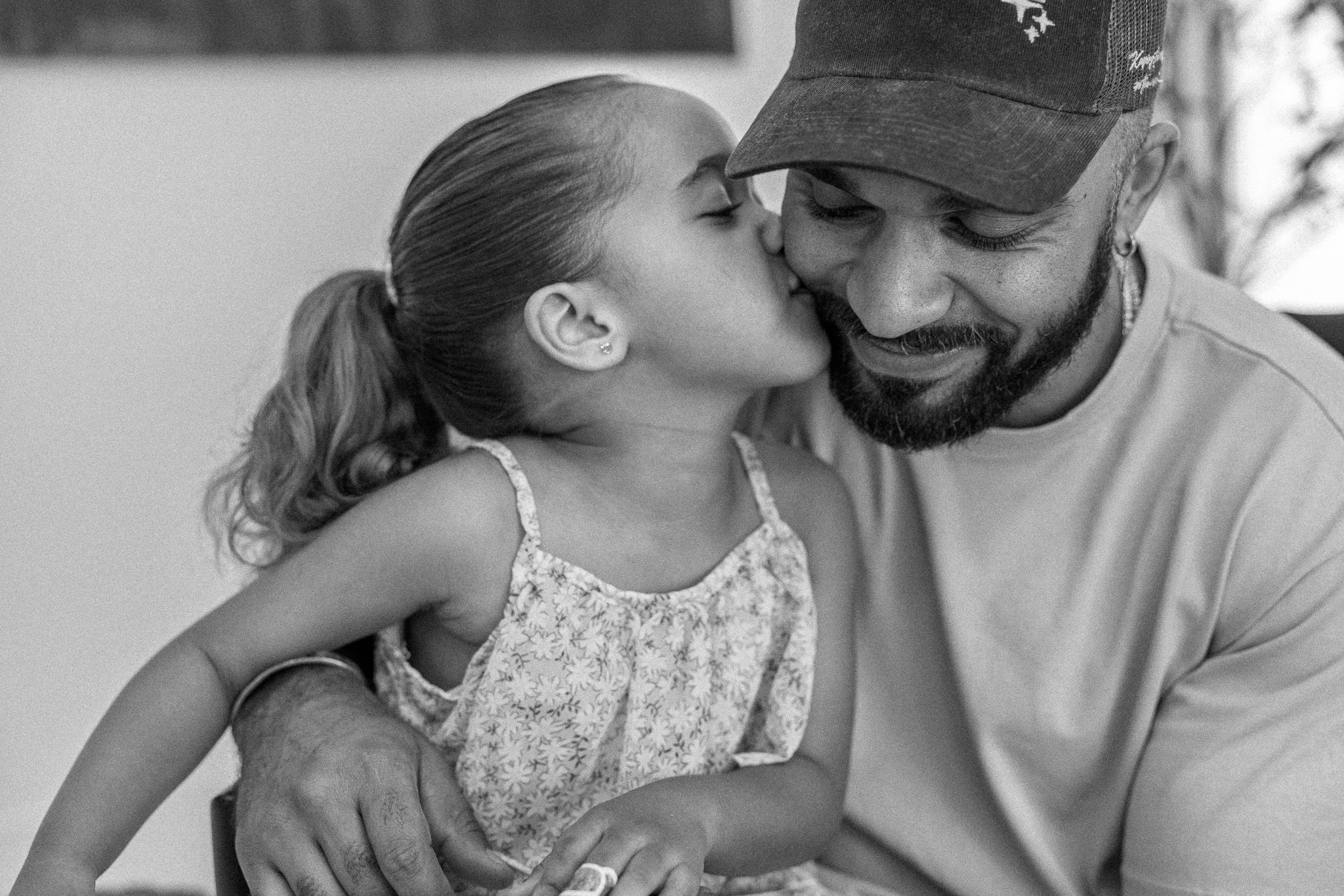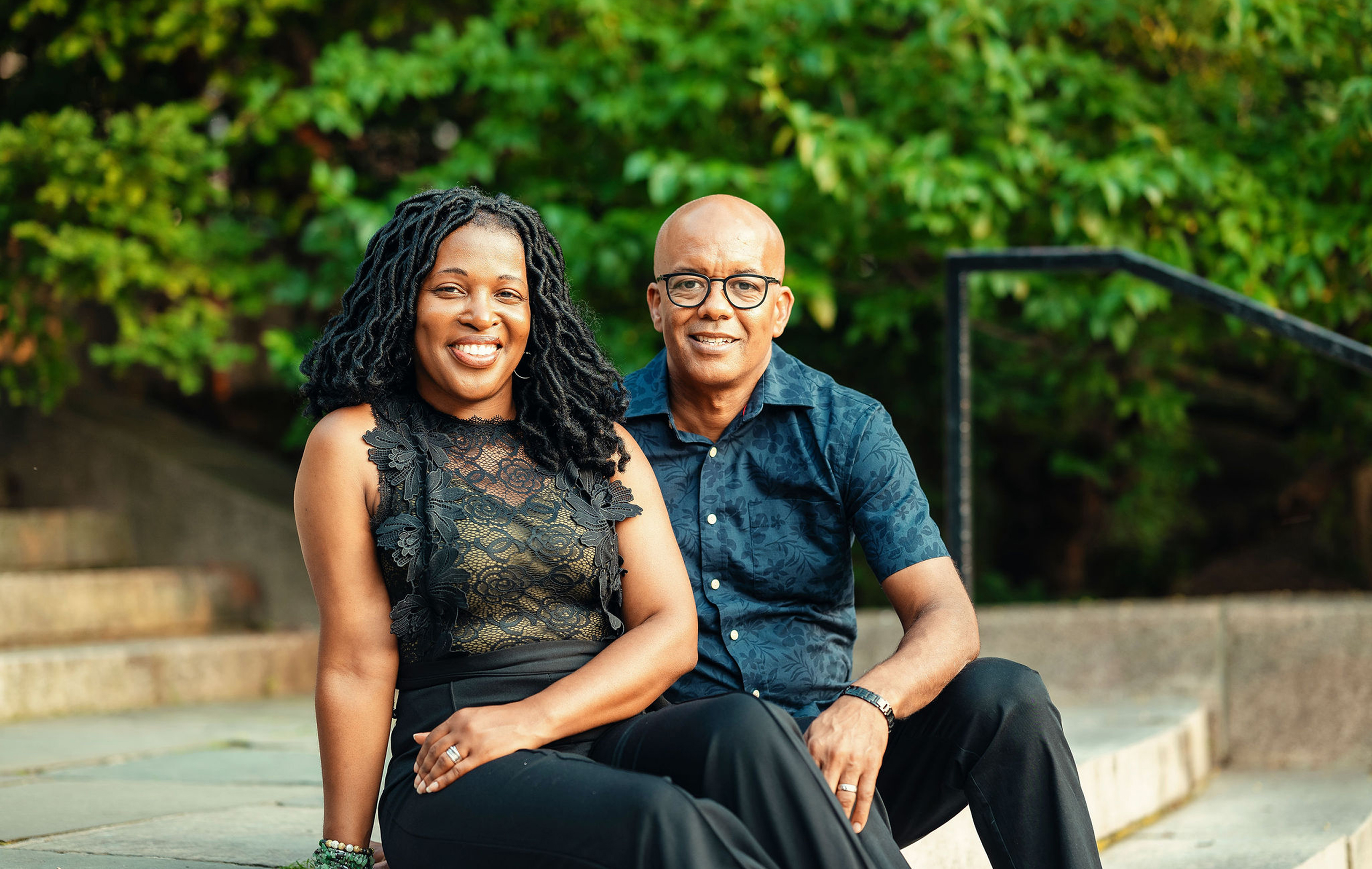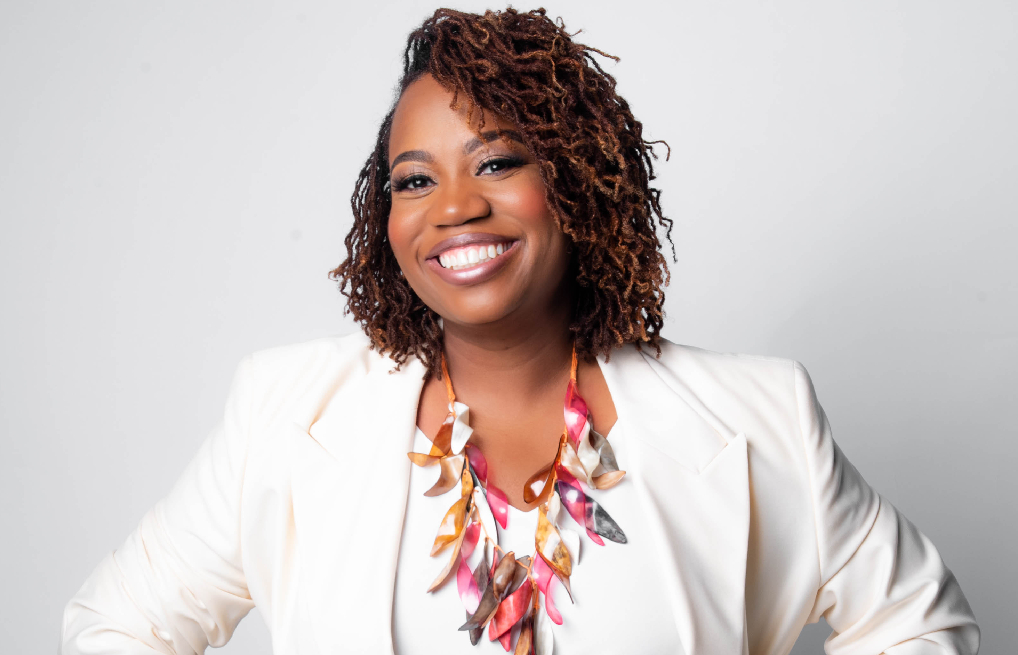
Dr. Soyini Hawkins
Dr. Soyini Hawkins

Courtesy of Pexels.com
Have you ever experienced something in your life and thought, “I must be the only one going through this,” until you talked to someone else and realized that you weren’t alone? That’s what my experience has been like throughout my fibroid journey. I went from suffering in silence to realizing that so many women like me are dealing with many of the same struggles, symptoms, and suffering associated with fibroids.
According to the White Dress Project, “80% of African-American and 70% of White women will be diagnosed with fibroids by the age of 50.” In honor of Fibroid Awareness Month, we spoke with Dr. Soyini Hawkins. She makes up only 2% of Black women physicians in America, a board-certified minimally invasive gynecologic surgeon featured by GMA, USA Today NBC, and named Georgia’s Top Doctor 2020. During our recent conversation, Dr. Hawkins provided a wealth of education coupled with inspiration and hope for the journey as a womb warrior herself, having dealt with fibroids.
On Fibroids – Testing, Diagnosis, and Treatment
Black Love: Dr. Hawkins, what exactly are fibroids, and what are some of the common symptoms?
Dr. Hawkins: Fibroids are benign tumors of the uterus. They develop from the cells of the uterus and grow into a tumor. Not everyone with fibroids will have the same symptoms or any at all, but usually, women will notice a change in their menstrual cycle, and they’ll see progressive and heavier bleeding. Bloating or a part of their abdomen will look relatively larger, and that can come with what we call “bulk symptoms” – frequent urination, pain, constipation, and/or pain with intercourse. Even something simple as a discharge doesn’t always show up in research as a common symptom.
BL: What kinds of tests should women request before and after being diagnosed?
Dr. Hawkins: A pelvic ultrasound is the simplest and easiest way, and it’s relatively affordable. In terms of diagnosis, some women don’t even find out that they have fibroids until they’re pregnant. Regardless, after realizing that fibroids are present, you shouldn’t take your eyes off of them. At the minimum, that means getting an ultrasound every year. If there’s concern that something else may be going on, you or your medical professional may request them more frequently.

Dr. Soyini Hawkins
Black Love: When you were first diagnosed with fibroids, were you initially concerned about your fertility?
Dr. Hawkins: For me, that’s the first thing I thought when I was diagnosed. There is a connection between fibroids and potential infertility because they impact the front end of getting pregnant and could impact pregnancy. The truth of the matter is that sometimes infertility is hard to pin down or multi-factorial. Infertility is sometimes the silent symptom of fibroids.
However, I like to remind women to take a deep breath, evaluate the full picture, and decide where they want to go with the fertility journey. When you’re diagnosed with fibroids, don’t automatically think, “oh my goodness, will I be able to have children.” It needs to be a part of the discussion no matter the age, but fibroids are not always to blame. Some women have beautiful pregnancies, all while having fibroids.
BL: For women with fibroids, what factors are considered when determining whether medical action or even natural remedies are necessary?
Dr. Hawkins: Of all the women who have fibroids, roughly 65% of them are symptomatic, but only 45% of those women will do something about them intervention-wise. Usually, the necessity of doing something is because symptomatically, it becomes intolerable (i.e., heavy bleeding leading to anemia), bothersome, or threatens to damage other vital organs.
I think all women who know that they have fibroids should live a more holistic lifestyle. Because I experienced fibroids, I’m always asking, “what can I, as a patient, do to change my lifestyle (eating habits, exercise, etc.).” Everyone should be cognizant of lifestyle changes that could potentially help their symptoms as well as their fibroids.
BL: Many women are only offered hysterectomies as the first or only plan for treatment, but other options may be considered. What are some of those options — from least invasive to most invasive?
Dr. Hawkins: When it comes to hysterectomies, the main benefit is that it’s the most definitive solution. However, it shouldn’t be the first or only option that women should be given. I give my patients options so they can decide what will work best for them. It’s a team effort. Also, I don’t like when we shame women for having a hysterectomy. When you choose what’s best for you and your lifestyle, no one can shame you for that.
There are pros and cons to everything, so I tell patients to consider their fertility, consider who’s doing the procedure, and have that conversation so that they’re clear about the impact on fertility. These are some of the other options that we have:
- Lifestyle changes and modifications – it’s challenging to shrink fibroids naturally, but it can help improve your symptoms, especially during your menstrual cycle.
- Class of medications — hormonal, anti-hormonal, or non-hormonal that can help with the symptoms, not necessarily the fibroids themselves, but it can help slow down the heaviness of bleeding, especially if you suffer from anemia. There’s a place for everything even though I’m typically not a huge
- Uterine Artery Embolization (UAE) – sometimes referred to as UFE, it’s a procedure, not a surgery, where they insert small particles in your arteries to stop the blood flow and allow the fibroids to shrink over time. The bulk symptoms should improve overtime as well.
- Endometrial Ablation – this burns the uterus lining, which it’s listed as an option for fibroid management on certain websites. However, it ONLY burns the lining of the uterus, but it does NOT treat fibroids. So, 70-80% of the time, it will fail for women who have fibroids. It is an option if you don’t want to have a menstrual cycle, but you want to keep your uterus.
- Acessa (Laparoscopic Radio Frequency) — this is the least invasive surgery where a camera, ultrasound, and needle is used to shrink the fibroids using heat. The idea is to wait for the fibroids to soften and shrink over time, and it’s fertility-preserving.
- Myomectomy — this is the most common and frequent standard of care, and all GYNs learn how to do this in school. The most minimally invasive way to conduct this procedure is through the cervix. Then, there’s the laparoscopic myomectomy, where you go through the belly button or abdomen. The most invasive way is an open myomectomy where they have to cut – basically like a c-section. Ultimately, the type of myomectomy will depend on your doctor’s skill set as well as the size of your fibroids.
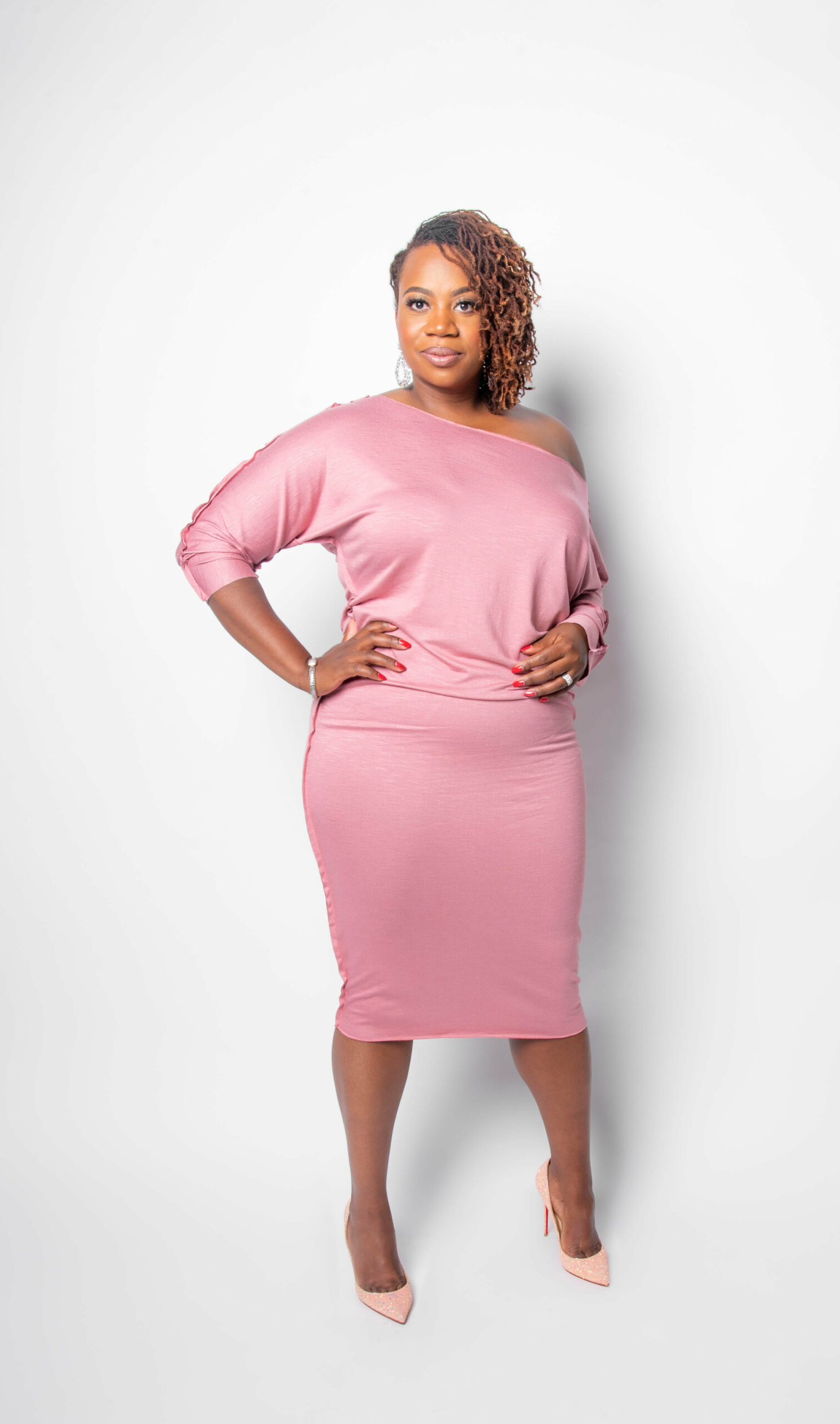
Dr. Soyini Hawkins
BL: Not only are you a well-respected expert in your field, but you, too, are a “womb warrior” because of your personal experience with fibroids. How has your journey influenced what you’re doing today?
Dr. Hawkins: It directly impacts what I do today and my passion behind this. For me, it was one of the single most frightening and uncomfortable times of my life. I’m type A, so I had a plan for life, and then fibroids came, and my plans were derailed. Within six months of getting engaged, moving to Maryland to start my residency, working 100 hours a week, I started hemorrhaging. I did that for about a year until I said, “enough is enough.” I didn’t want another IV/iron infusion, another massacre at a restaurant, another date night that was ruined. So, I had a myomectomy. Even in the difficulty of that, God was moving, and that’s part of the reason why I wanted to focus on minimally invasive procedures. I figured there has to be a better way for women and Black women. This is what I wanted my practice to be.
Despite my journey, I’m a success story. I’m the mother of two beautiful boys, and it’s been almost 11 years now, and my fibroids haven’t grown back. I want to give people the picture of success with hope, faith, and something to look forward to.
On Black Love and Fibroids
BL: How did your fibroid journey impact your marriage?
Dr. Hawkins: It was a rough couple of years. I was engaged when I was first diagnosed, and then it was my first year of marriage when I started bleeding every two weeks. In my head, I thought, “my husband didn’t sign up for this… he’s going to leave me.” I questioned if my husband was going to be able to love me the way he thought he was going to, but he was there every step of the way. My husband was the reason I was diagnosed because he told me, “Black woman – you need to look into that and take care of it.” It was that important to him. My husband would literally bring a cardigan to date night just in case I needed it or had an accident, and he wouldn’t ask me any questions. We went through the decision-making process about the surgery, and he attended my doctor’s appointments. My husband was very present and caring, and that’s all it took.
BL: For other couples, how important is it to show up and show care when their wife is dealing with fibroids?
Dr. Hawkins: When I talk to couples and the impact that it’s having on their relationship or marriage, I remind them to let their spouse in because I didn’t always do enough to let my husband in when I was going through my journey. Sometimes we don’t know how much our partner will do for us because we don’t give them enough opportunity to do so. At the end of the day, our spouses care. When I talk to the partners of my clients, they usually tell me that they want whatever’s best for their wife and whatever will take them out of their misery.
Black Women and Fibroids
BL: During my fibroid journey, there have been times when I downplayed my symptoms or convinced myself that this was normal. Do you often experience patients, especially us as Black women, who delay seeking help or treatment?
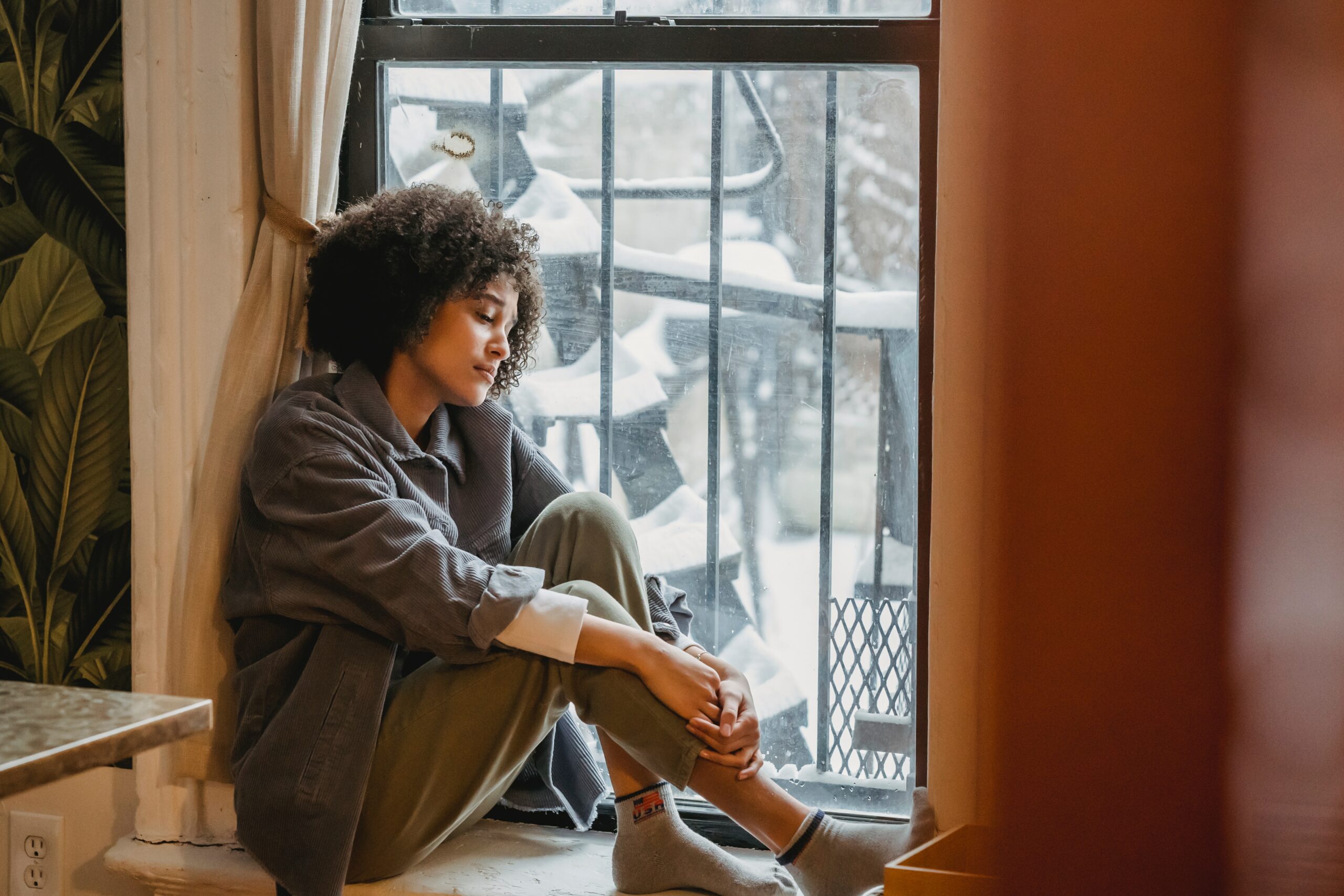
Courtesy of Pexels.com
Dr. Hawkins: Yes, but I understand it, and I admit that I’m not the best patient. Honestly, some women are thriving with their fibroids, but for those women who have fibroids and are suffering, I pray that we remember to take care of ourselves as we take care of everybody else. To show up and be present for others, we have to first show up for ourselves.
I also find that the delay comes from a place of hurt because maybe you went to their doctor, but your concerns were ignored, denied. Moreover, you were discouraged because the provider tried to normalize something that can be so painful, or they only offered an option that didn’t necessarily align with your fertility plans.
BL: Why is it important to get second opinions and consult with a team of specialty physicians?
Dr. Hawkins: I believe in second and third opinions. Throughout my journey, it was my specialist and surgeon who, in so many words, said that he wanted to give my womb a chance. I decided to focus on fibroids primarily because I want to give my all to my patients. I can offer my patients every surgical option there is if it can be done for them safely and if it makes sense for their lifestyle and goals. I want you to feel heard and as if you’re a partner in the decision-making process. There are specialists for a reason they’ve given their all to focus on a certain area. Hence, we’re not intimidated by complexity. If you’re not getting what you want at that first step, get a second opinion.
BL: You recently posted an excerpt from the ACOG organization that referenced factors such as systemic racism and the underrepresentation of Black women in fibroids research. What are some of the ways that we can educate and advocate more for ourselves and each other?
Dr. Hawkins: First off, welcome to July, which is officially Fibroid Awareness Month, and one of the ways that we can educate and advocate more. It was initially thought of Tanika Gray Valbrun, and eventually, the idea went to legislation to express the need to have a period of time dedicated to this pandemic – fibroids. No, it’s not killing women left and right, but it affects 70% of women and 80% of Black women. It’s not only a Black woman’s disease, but unfortunately, we get the brunt of it, and we usually end up with more complexities in how our fibroids are managed.
So, we need more research, more sensitivity to the subject, and we need more understanding of what’s causing the racial and ethical disparities. We also need to find out the root causes. It takes research, money, and people wanting to understand more. So, July is the opportunity to amplify that voice. Also, having these types of discussions is so important.
BL: Finding women who are supportive in this journey has been so critical to my journey. Besides medical professionals, what other resources, groups, or organizations — whether online or in-person — do you recommend where women can find their tribe?
Dr. Hawkins: Nobody was talking about this years ago. It’s so taboo. We don’t even talk about our periods with each other as women. I felt very alone, but having a support system is vital. Now, it’s wonderful that we have social media. You can type fibroids on Facebook, and at least 10 Facebook groups will pop up. Whether they’re talking about fibroids and intimacy, fertility, work (i.e., how do I talk to my boss about this when I have to miss work), fibroids and surgery, etc. — there’s a group for almost everything.
Then, there are larger organizations like The White Dress Project and The Fibroid Pandemic. Also, the NIH website, and there are opportunities where you can get involved in research studies. I’m a principal investigator, so some of my patients participate in studies to give us feedback and research. It will be helpful for all of those who come after us and for all of us over time. Advocacy groups can also help guide you on the next steps and will back you up. We’ve had patients denied insurance claims, and we went to capitol hill and fought for them. There are many ways to get connected and get your questions answered from women who are going through the same experiences.
It’s a beautiful testament and reminder that you are not alone, and women are living a life beyond fibroids. You don’t have to suffer in silence anymore. We will get through this! It’s because of fibroid organizations and people like Dr. Hawkins and their work:
- Created safe spaces.
- Viable and minimally invasive options for relief.
- Hope for those of us who are on the fibroid journey.
*Always consult your physician before beginning any treatment. This general information is not intended to diagnose any medical condition or to replace your healthcare professional. Consult with your healthcare professional to design an appropriate plan.
Editor’s Note: Some responses have been edited for length and clarity.
Related Articles
Discover why Jasmine Guillory’s latest novel Flirting Lessons is a must-read—and how the author continues to redefine modern romance with layered Black heroines, real emotional depth, and Black literature that feel both magical and true.
Bozoma Saint John talks Black motherhood, grief, self-love, and finding joy again. Don’t miss her powerful conversation on building legacy and living boldly.
Tyler Lepley shows the beauty of Black fatherhood, blended family life with Miracle Watts, & raising his three children in this Father Noir spotlight.
Featured Articles
When Elitia and Cullen Mattox found each other, they decided that they wanted their new relationship together, their union, to be healthier and different.
Celebrate their marriage and partnership with the release of the documentary “Time II: Unfinished Business”
The vision for our engagement shoot was to celebrate ourselves as a Young Power Couple with an upcoming wedding, celebrating our five year anniversary - glammed up and taking over New York.
Our intent is to share love so that people can see, like love really conquers everything. Topics like marriage and finance, Black relationships and parenting.
Meagan Good and DeVon Franklin’s new relationships are a testament to healing, growth, and the belief that love can find you again when you least expect it.
HEY CHI-TOWN, who’s hungry?! In honor of #BlackBusinessMonth, we teamed up with @eatokratheapp, a Black-owned app designed to connect you with some of the best #BlackOwnedRestaurants in YOUR city – and this week, we’re highlighting some of Chicago’s best!

